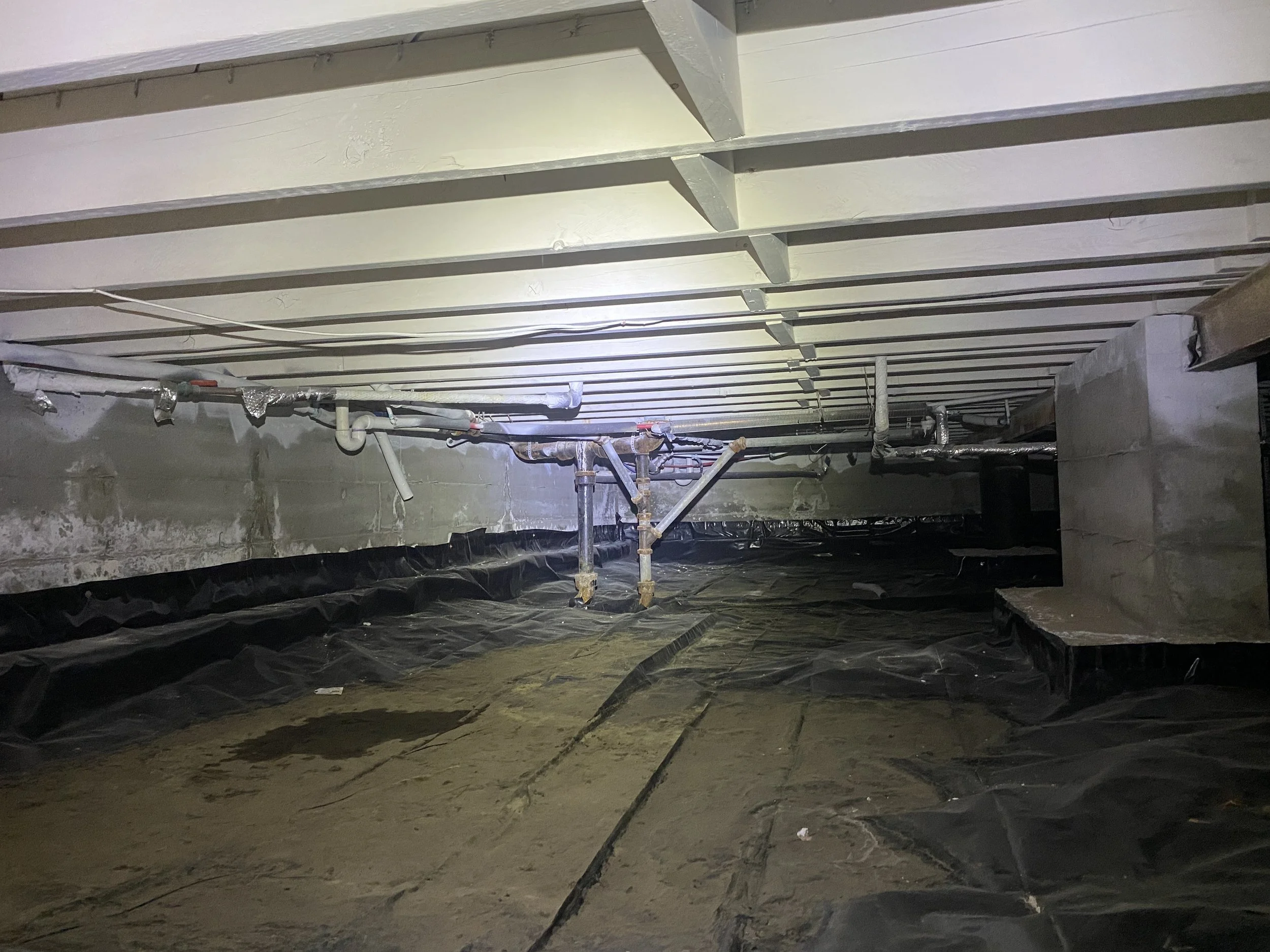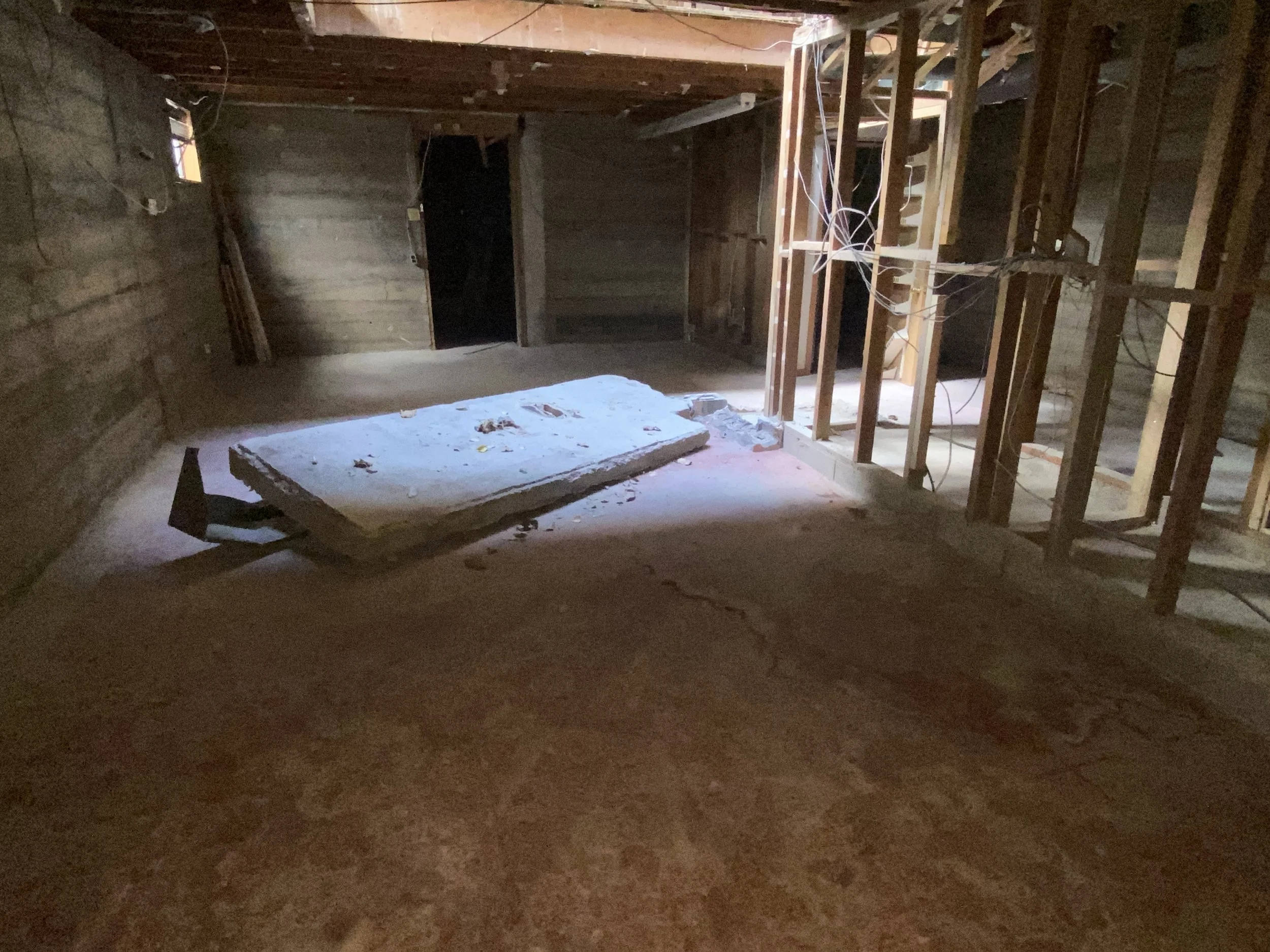In Colorado, hailstorms are just part of life - but the damage they leave behind isn’t always obvious. Hail typically doesn’t cause instant leaks or dramatic holes in your roof. Instead, it breaks down the protective outer layer of your shingles over time. What may look like a few harmless marks or missing granules today can quietly evolve into costly water intrusion later.
The catch? Hail damage often isn’t visible from the ground and doesn’t show its full impact right away. That’s why many homeowners don’t realize their roof is compromised until there’s a leak.
Here’s how to stay ahead of the storm:
✅ Walk your property after a hailstorm. Look for dented gutters, downspouts, or window screens. If those are damaged, your roof likely took a hit too.
✅ Check for shingle granules in your gutters or downspouts. Granule loss is one of the earliest signs of hail wear.
✅ Use a drone or binoculars (or hire a pro!) to scan for shingle discoloration or small circular spots.
✅ Document the date of the storm. Insurance timelines can be strict - having a record is key if you need to file a claim later.
✅ Schedule a professional roof inspection. Even if your roof looks fine, a qualified roofing specialist can spot what you can’t.
Can you tell if the roof has “impact resistant class 4 shingles”? It’s a common question we hear as home inspectors - especially after hail season or when homeowners are dealing with insurance. Unfortunately, the answer isn’t simple.
There’s no way to visually confirm if asphalt shingles are Class 4 (impact-resistant) just by looking at them during a home inspection. The only reliable way to verify this rating is through the manufacturer’s specification sheet, which lists the product’s performance rating.
In rare cases, there may be labeling on the back side of a shingle, but that would require removing part of your roof - not exactly ideal.
Here’s how you can try to track it down:
Look through any roof replacement or installation documents
Check for permits or materials listed in the city’s permit history
Contact the roofing company that installed the roof - if known
If you have concrete tile, metal, or other non-asphalt roofing, these are generally considered inherently impact-resistant, even without a Class 4 label.
At Alpine Building Performance, we believe in proactive homeownership. If your roof’s history is unclear and you’ve been through a hailstorm, now’s the time to look into it before small issues become big ones.




